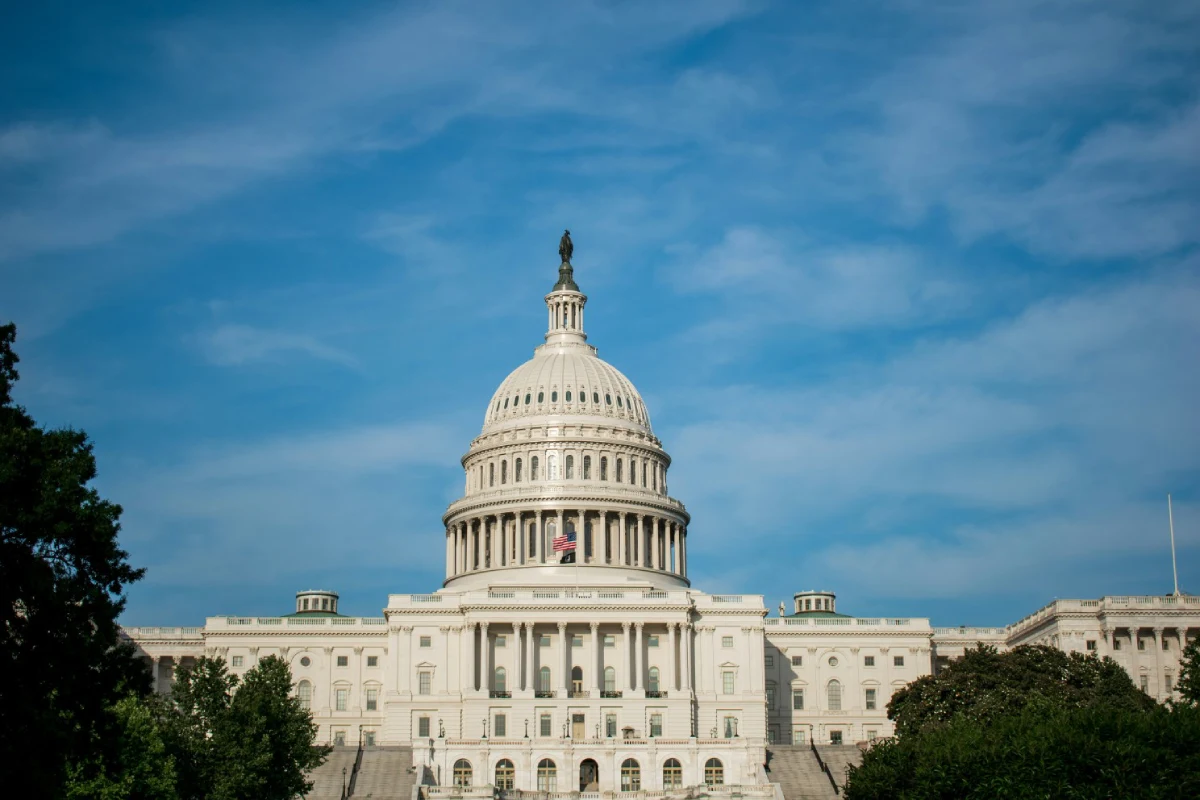On July 4, 2025, the President signed the One Big Beautiful Bill Act (H.R. 1, Public Law 119-21) into law.
While the bill has captured national headlines for its sweeping changes, its impact on DME providers deserves a deeper look.
Medicare Payment Adjustments and Sequestration Cuts
One of the most immediate provisions of the Big Beautiful Bill is a temporary 2.5% Medicare payment increase for 2026.
This small bump offers short-term relief for providers struggling with already tight margins, inflation, and rising supply chain costs.
This extra breathing room may help DMEs stabilize cash flow, invest in needed software upgrades, or patch budget gaps.
However, it is important to note that this increase is time-limited and should be seen as a temporary stopgap rather than a long-term solution.
Starting in 2027, the bill triggers an automatic 4% Medicare payment reduction. This sequestration cut is driven by the bill’s impact on the federal deficit, activating statutory budget controls.
For DME providers, the net impact looks like this:
- 2026: A modest 2.5% increase helps offset inflationary pressures and gives providers a chance to catch up operationally.
- 2027 onward: A 4% cut to Medicare Part B reimbursements, including DME services, forcing providers to adopt tighter cost control and rethink operational strategy.
While challenging, these cuts may not be catastrophic.
Providers who plan ahead, strengthen efficiencies, and diversify revenue sources can mitigate much of the impact.
Medicaid Program Adjustments
Perhaps the most dramatic policy change comes from Medicaid. The bill introduces approximately $1 trillion in reductions over the next decade.
Key provisions include:
- Work requirements: Many able-bodied adult enrollees must meet 80 hours per month of work, education, or community service activities.
- More frequent eligibility reviews: Beneficiaries will now face biannual reviews rather than annual, adding administrative complexity.
- Reduced retroactive coverage: Retroactive Medicaid eligibility will shrink from 90 days to as little as 30–60 days, depending on the state.
An estimated 11.8 million people are projected to lose Medicaid coverage nationwide.
For DME businesses, this means:
- Reduced Medicaid patient volumes: Fewer covered individuals mean lower demand for DME services funded through Medicaid.
- Increased uncompensated care: Providers may see more patients unable to pay or relying on out-of-pocket solutions, adding strain on revenue cycles.
- Variable impact by state: States that expanded Medicaid will feel this more acutely, while non-expansion states may experience less immediate impact.
While substantial, these changes will roll out differently across regions. This may give providers time to adjust and re-align their payer strategies.

AI-Driven Medicare Claims Oversight
A lesser-discussed but critical aspect of the bill is its $25 million allocation to develop artificial intelligence (AI) tools for Medicare claims oversight.
Key impacts include:
- Stricter audit standards: AI-driven systems can detect anomalies, flag claims for review, and identify patterns suggesting non-compliance at scale.
- Higher risk of denials and recoupments: Automated systems may be less forgiving of small clerical or documentation errors.
- Greater compliance demands: Providers will need to ensure thorough, consistent documentation and bulletproof processes to avoid clawbacks.
For DME providers already working with limited staff and high manual workloads, this means an urgent need to automate documentation checks, standardize intake processes, and invest in compliance training.
While this AI oversight adds operational stress, it also provides an opportunity to modernize workflows and build long-term resilience.
Financial and Operational Impacts
Medicare Revenue
The 2026 temporary payment boost may help stabilize cash flow temporarily, allowing providers to shore up reserves and invest in efficiency improvements.
However, the 4% cut in 2027 and beyond will require careful financial planning. Providers with a more diverse payer mix, including private insurance, Medicare Advantage, and self-pay programs, will be better equipped to manage the reduction in Medicare revenue.
Diversifying revenue streams and investing in automation to lower operational costs will be some key strategies for weathering this change.
Impact will depend heavily on state-level implementation.
Expansion states may see significant cuts and stricter eligibility enforcement, leading to reduced volumes.
Providers should proactively evaluate their patient mix, forecast expected volume changes, and develop strategies to adapt.
Some options: building stronger referral networks, expanding private pay options, or adding niche services that attract new revenue sources.
Workforce and Access
Payment cuts and stricter compliance rules can lead to reduced staffing or narrower service areas.
By reducing administrative bottlenecks, providers can maintain or even enhance service levels despite external pressures.
Supply Chain and Pricing
DMEs have already been navigating supply chain volatility and rising equipment costs, driven by inflation and tariffs.
The Big Beautiful Bill DME landscape will likely compound these challenges, requiring even tighter inventory management, more strategic supplier relationships, and ongoing pricing reviews.
Providers who adopt predictive analytics and integrated supply chain tools will be better positioned to control costs and avoid cash flow surprises.
Industry Outlook
Market Consolidation
We can expect continued consolidation as smaller providers find it harder to keep up with administrative demands and shrinking margins.
Well-prepared mid-sized and large providers, especially those with robust automation and diversified revenue streams, will likely continue to thrive, gaining market share as weaker players exit.
Innovation
While reimbursement pressures may slow some innovation efforts, many providers will continue to invest in new technologies out of necessity.
Areas like remote monitoring, patient self-service portals, and AI-powered intake validation aren’t just nice-to-have tools anymore, they’re becoming essential competitive differentiators.
Forward-thinking providers who modernize now will stand out as reliable partners to patients and referral sources, even as margins tighten.
Big Beautiful Bill: DMEs
The One Big Beautiful Bill Act introduces real changes for DME providers.
Yes, the challenges are somewhat significant: Medicare and Medicaid cuts, expanded competitive bidding coming from CMS, and stricter compliance.
But for most providers, the impact is manageable if approached proactively.
This moment calls for strong leadership, clear-eyed financial planning, and a commitment to efficient operations.


